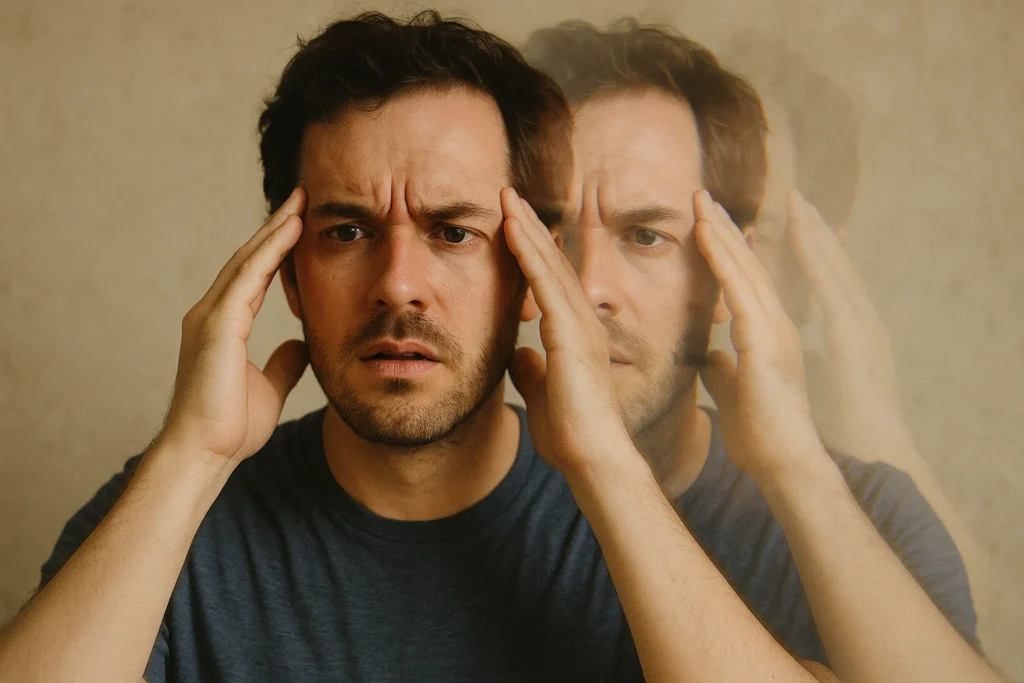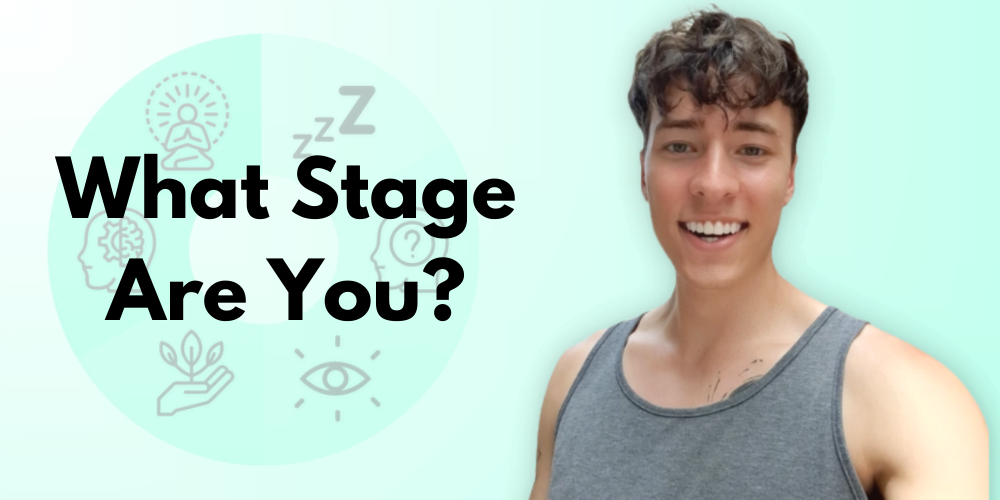57+ Best Journal Prompts For Heart Chakra Opening
The heart chakra is the gateway to self love, empathy, and emotional healing. When it’s blocked, we can feel disconnected from ourselves and others. Maintaining an open heart is important for living an aligned and happy life. I didn’t always know this from experience, though. For a long time, I felt emotionally walled off without really knowing why. I found journaling helped me feel and process emotions I had suppressed. Through time, spiritual practice, and some journaling I was able to open my heart and experience the universe’s love directly in my body. I created this list of 57+ prompts to help you open your own heart gently, and at your own pace. 58 Journal Prompts For Heart Chakra Opening 15 Journal Prompts For Cultivating Self Love 1. When was the last time I truly felt loved? 2. What does unconditional love mean to me? 3. What parts of myself do I struggle to love? 4. What does self-love look like in my daily life? 5. What are three kind things I can say to myself today? 6. What habits have helped me build a deeper relationship with myself? 7. What would loving myself radically look like? 8. Where do I feel love in my body? 9. What color, texture, or image comes to mind when I think of love? 10. How do I nurture the love that already exists in my life? 11. What would I write in a love letter to myself? 12. How can I bring more gentleness into my healing journey? 13. What would it feel like to live with an open heart, every day? 14. How does my heart feel right now—tight, open, guarded, free? 15. What things do I do for myself that make me feel content? 14 Journal Prompts For Healing & Emotional Release 1. Who do I need to forgive to lighten my heart? 2. What do I need to forgive myself for? 3. What emotional walls have I built, and why? 4. What beliefs about love am I ready to release? 5. What beliefs about myself am I ready to rewrite? 6. What fears are hiding underneath my defensiveness? 7. What past heartbreaks still linger in my energy? 8. How have I grown from past experiences of love and loss? 9. How do I handle emotional pain or rejection? 10. What messages have I internalized about vulnerability? 11. What helps me soften my energy when I feel tense? 12. What would it feel like to receive love without guilt or fear? 13. What boundaries actually help keep my heart open? 14. How can I open my heart while still honoring my boundaries? 15 Journal Prompts For Cultivating Compassion in Your Relationships 1. How do I express love to others? 2. How do I prefer to receive love? 3. Who makes me feel safe to be emotionally vulnerable? 4. Who in my life could use a little more love from me? 5. Who inspires me to be more loving? 6. When do I feel most connected to others? 7. What kind of love do I most want to experience more of? 8. How can I create more heart-centered connections? 9. What does emotional intimacy mean to me? 10. What does it feel like to give love freely without expectation? 11. How can I be more present in my relationships? 12. When have I been proud of how loving I was in a difficult moment? 13. What does emotional safety mean to me? 14. What songs, smells, or places bring me back to a heart-centered state? 15. Who do I want to give and receive more love from? 14 Journal Prompts For Expanding Your Heart Chakra Energy 1. What does it feel like when my heart is open? 2. If my heart could speak, what would it say? 3. When do I feel my heart expand the most? 4. What role does compassion play in my life right now? 5. When have I shown compassion even when it was hard? 6. How can I show more compassion toward myself today? 7. How do I know when my heart is closing? 8. When do I feel most in alignment with my heart? 9. When does my heart feel at home? 10. What does “leading with love” mean in my everyday life? 11. How does nature help me reconnect with my heart? 12. What practices help me feel grounded in love? 13. Who taught me how to love, and what did I learn from them? 14. What inspires me to keep my heart open, even when it’s hard? Conclusion Now you’ll never run out of journal prompts for your heart centered awakening journey. Write with honesty and openness. You may be surprised with what you find.
57+ Best Journal Prompts For Heart Chakra Opening Read More »











